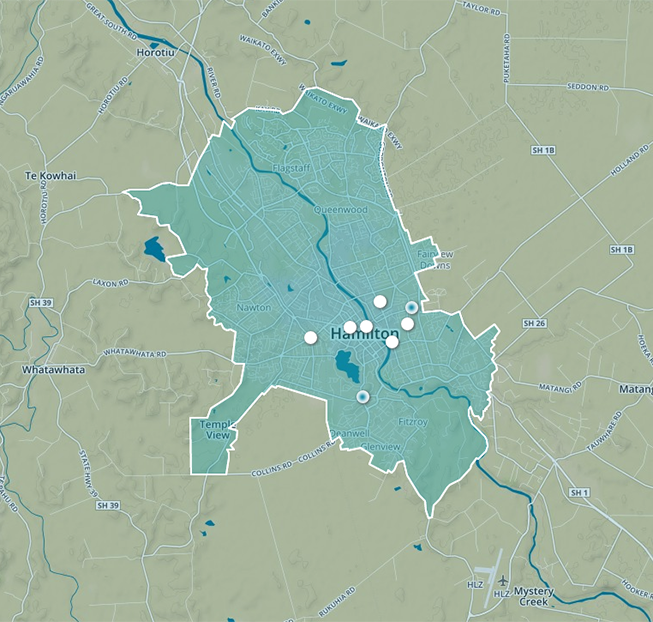Carbon monoxide levels in air
Why we monitor carbon monoxide levels in air
Carbon monoxide (CO) was measured in Hamilton on an annual basis over the period 1998 to 2005 and more recently over short 3-monthly periods in 2012, 2013 and 2014. Results show existing levels are either excellent or good, indicating that carbon monoxide is not of concern in Hamilton.
Carbon monoxide is an indicator of poor air quality. It’s associated with areas of high-density housing and busy roads. Waikato Regional Council continuously measures carbon monoxide levels in Hamilton.
Carbon monoxide is a poisonous gas that is colourless, odourless and tasteless. Waikato Regional Council monitors carbon monoxide to determine people’s exposure to it in areas where the air quality is suspected to be poor.
Carbon monoxide is poisonous because it attaches to our red blood cells better than oxygen - reducing the blood’s ability to carry oxygen around the body. Low exposure to carbon monoxide causes headaches, dizziness and nausea.
High exposure to carbon monoxide (for example, high concentrations present in enclosed areas) causes loss of consciousness and death.
Normally, when there is plenty of oxygen present, burning fuel will give off carbon dioxide (CO2). The carbon (C) comes from the fuel and the oxygen (O2) comes from the air. But, when there’s not enough oxygen present, only one oxygen molecule binds with a carbon – forming carbon monoxide (CO).
What's happening?
Most of the carbon monoxide in urban areas comes from motor vehicles and the burning of solid fuels, for example, burning wood and coal for domestic home heating and industry . Smaller amounts of CO are given off by gas burners and appliances.
The Waikato Regional Plan sets guideline concentrations for carbon monoxide at 30 mg/m3 for a one hour average and 10 mg/m3 for an eight hour average.
The National Environmental Standards for air quality include a standard for CO of 10 mg/m3 (eight hour average). This can be exceeded no more than once per year. We separate carbon monoxide levels into categories relative to the regional and national guideline.
The graphs show the percentage of air samples (eight-hour average) with carbon monoxide levels in the ‘excellent’, ‘good’ and 'acceptable' categories. No samples had carbon monoxide levels in the ‘alert’, or ‘action’ categories.
Methods - how we monitor
Results - data and trends
The data below was collected in 1998, 1999, 2000, 2001, 2002, 2003, 2004, 2012, 2013 and 2014, and averaged 1 and 8 hourly.
Percentage of air samples with carbon monoxide levels in the excellent, good and acceptable categories

More information
This indicator will be updated in 2019.
Last updated June 2014






To ask for help or report a problem, contact us
Tell us how we can improve the information on this page. (optional)